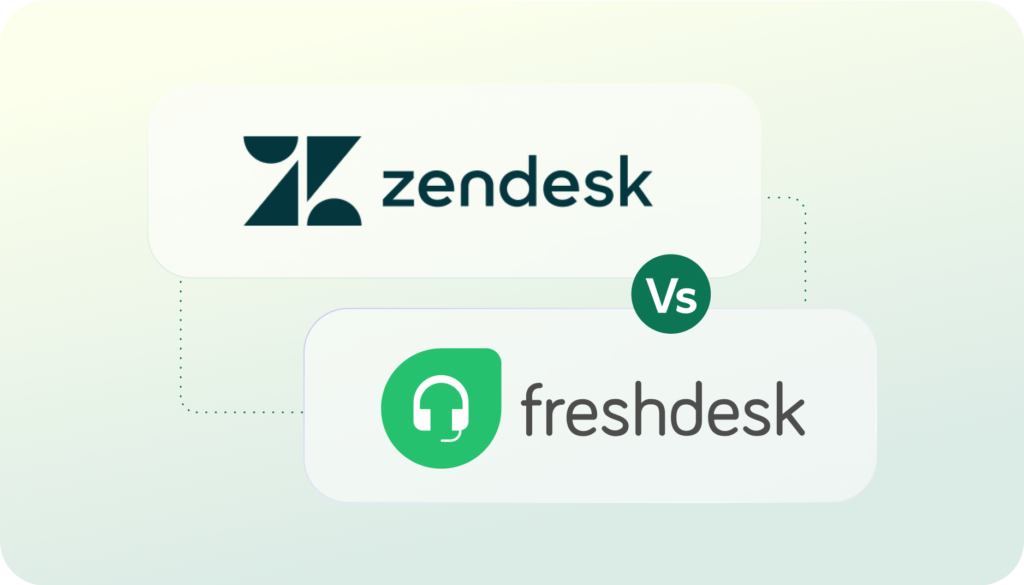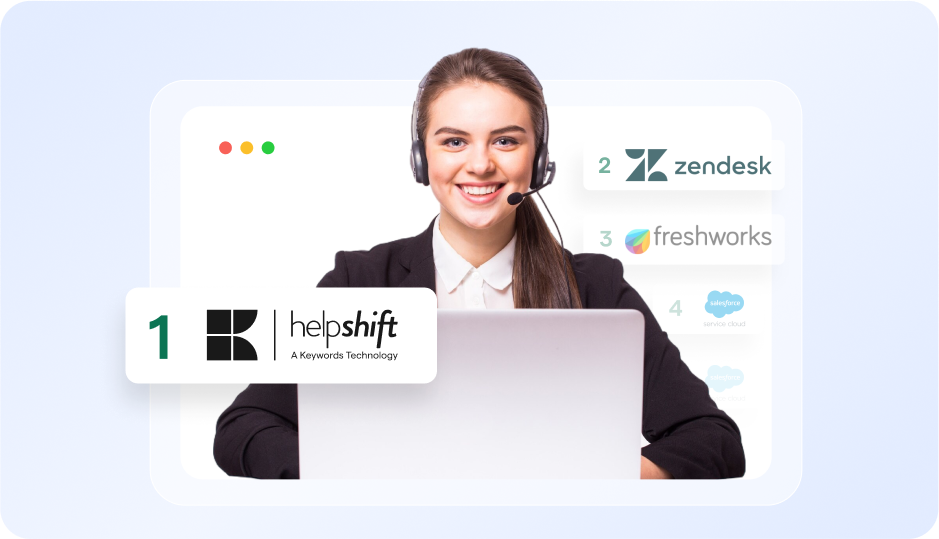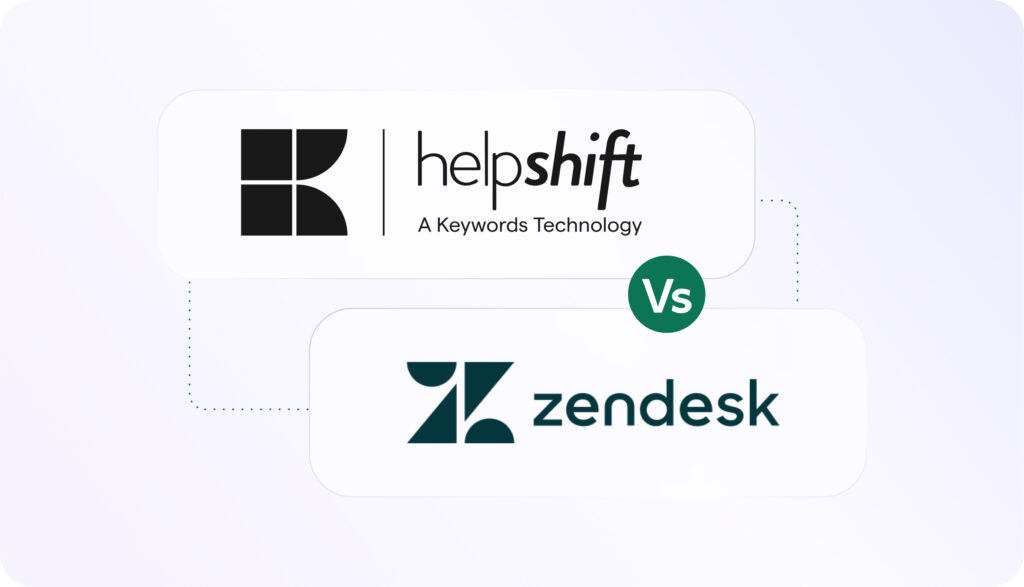Simply put, customer acquisition refers to the process of bringing in new customers with the aim of driving them down the funnel from the awareness stage to the final purchase decision. Given its strong ties to sales and marketing, customer service is often left out of the conversation all together. However, good customer service is essential for acquisition. Not only can it turn prospects into new customers, but it can also transform existing customers into repeat visitors.
How Are Customers Acquired?
Customer acquisition often involves a variety of marketing activities and channels (both on and offline). Nowadays this includes a mixture of the following; email marketing, social media marketing, search and display ads and content marketing. Whatever the platform of choice, it’s more important than ever to ensure the customer acquisition strategy is unified across all of them.
The ultimate goal of any acquisition strategy is to connect with prospective customers at the right time – a process referred to as a customer acquisition funnel. The basic stages of the funnel are as follows:
- Top of the Funnel (AKA Awareness) – This is the start of most buyer journeys. The aim here is to engage by using relevant, compelling content to gain exposure to target demographics.
- Mid-funnel (AKA Consideration) – At the mid-funnel stage, customers are leaning towards purchasing. This is often signified by a customer making contact or otherwise engaging with a brand, for example, through subscribing to a mailing list or filling out a contact form.
- Bottom of the Funnel (AKA Conversion) – This conversion stage of the customer acquisition funnel signifies, as the name suggests, that a customer is ready to make a purchase decision. After adding an item to a cart or signing on for a free trial or first month subscription, they are only a few steps away from becoming a full-paying customer.
Customer Acquisition Strategies
Acquisition is a measurable process. A business can see if their strategy is paying off by measuring performance metrics such as impressions, click-through rates and conversion rates. Calculating the customer acquisition costs (CAC) is also crucial in helping a brand gauge if their current customer acquisition strategy is providing a good return on investment.
However, creating a strategy that works successfully may be easier said than done with 67% of marketers believe that customer acquisition is more difficult than customer retention. Not only are prospective customers harder to pin down and sell to, there is also an ever-expanding list of competition. This is why customer acquisition can cost an average of five times more than customer retention.
Effective customer acquisition strategies bring together marketing, sales and customer service. To be successful, a strategy must be focussed around the needs of customers. This way, a brand can build lasting trust. The following pointers are important to keep in mind when developing strategy:
Leverage data
When it comes to building a good customer-centric acquisition strategy, guesswork is not the best option. Luckily, brands no longer need to speculate when it comes to what customers want. Customer data and user analytics are now vital tools for gaining new customers as well as improving the experiences of existing ones.
When prospecting, a reported 64% of marketers believe they need better data. With customer acquisition costs increasing, brands need to ensure they are investing in the right areas. Existing customer data is often a good first stop for brands. It is possible to use the pain points of existing customers and turn them around to attract new ones.
Data can provide deeper and more meaningful insights with brands now able to review deeper aspects of customer’s behaviour than ever before. By identifying patterns of behaviour, it’s possible to understand a prospect’s intent and subsequently create content that matches. Site-level data is not the only available information, either. Brands can also use search data, comparison sites and reviews to understand what a prospective customer’s intent is.
Think about the customer experience
Customer experience is one of the biggest factors influencing purchase decisions. A bad experience is an easy way to turn away prospective customers before they have even had a chance to consider a brand. This is why customer support teams are so valuable during customer acquisition. Customer service skills are vital for forming a meaningful, human relationship with potential customers early on in the funnel.
Brands therefore need to find ways to optimize their customer experience for new prospects. As well as having friendly and personable customer service skills, this also includes shortening response times and having an easy to navigate customer service flow that is seamlessly connected across touchpoints. Acquisition takes place across a multitude of channels, and is not only contained to one – it’s thus essential to close the gap between them. If a prospect gets in contact with a question via social media, a brand should be prepared to follow up via website live chat, email or direct messaging on an app depending on what is most convenient for the customer.
This is why customer service systems should avoid being siloed. The customer experience should be continuous and uniform across channels. The information, expertise, speed and personalization available on one, should be available on another. In order to do this, brands should look towards AI and automation technology to provide an added layer of connectivity without losing sight of the human connection that drives customer engagement and acquisition.
Invest in AI and automation
Technology is helping companies be more proactive when it comes to acquisition. Using chatbots across a website and app can help to ensure prospective customers do not drop out of the funnel at the last minute. By having an automated chat feature, customers can ask questions and sort out any lingering issues and hesitations before committing to the purchase.
AI is evolving to create even more seamless experiences for customers. This way, automated conversations no longer need to feel lacking in human connection. It can also help to expedite the customer support experience by categorizing queries and helping customers to self-serve by seamlessly directing them to relevant resources. This way, new prospects don’t need to be kept waiting for answers from human agents before making the final purchase decision.
Focus on existing customers too
Existing customers are an extremely valuable resource. Customer acquisition can be a costly process, which is why focussing on the existing customer base can be a good strategy when looking to cut down marketing budgets.
Customers trust the word of their friends and family, often much more than they trust the word of a business’ sales team. Referrals are thus an incredibly powerful acquisition tool. Referral schemes and reviews can be particularly effective. Particular focus should be paid to turning existing customers into ambassadors for the brand – and customer service agents are important for spotting opportunities to do so. After interactions, customer service teams can take the opportunity to ask for reviews or ask customers to participate in the referral program.
How Helpshift Supports Customer Acquisition
Customer service is essential for helping businesses to grow, including attracting new customers. With new and existing customers looking at customer service as one of the most important factors in their decision-making, it makes sense to integrate it into every aspect of the buyer journey.
To attract and acquire new customers, the customer service has to meet and surpass expectations. Responses need to be quick and helpful, customers need to be directed to the right sources and the right team at the right time and the experience needs to remain at the same high level across multiple channels. Helpshift provides the tools businesses need to provide exceptional customer support. Chatbot and conversational help technology is helping to provide fast and effective support, while maintaining human connection. With AI-powered help solutions, Helpshift is also ensuring customer queries are categorized and routed as quickly as possible so prospective customers no longer have to be kept waiting.
Additional Resources For Customer Acquisition
Products: Chat and Conversational Help



